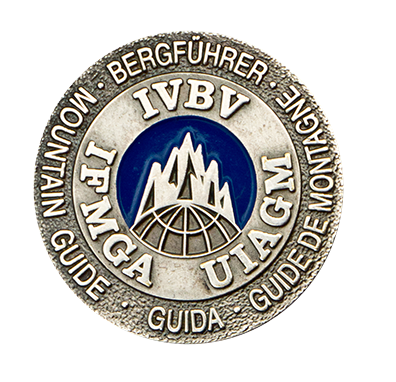The Great Divide in US Avalanche Education
Avalanche education in the US is about to make a big change. Perhaps the biggest change ever. Starting in fall 2017, avalanche education will be divided into two tracks: recreational or professional. As usual, we’re following in the footsteps our avalanche mentors in the Great White North (Canada), who have used this system for years. Up to now, all avalanche education in the US has been lumped into one progression: Level 1, Level 2 and then Level 3.
The American Avalanche Association Rec-Pro flowchart.
We’ve desperately needed this Pro-Rec split. Professionals and recreationists are not well-served by a one-size-fits-all approach to avalanche education. While teaching Level 2 courses for the Alaska Avalanche School, it’s felt contrived digging a full snow profile and recording top to bottom temperatures, crystal types and all those gory details. What recreational has the time to dig a full snow profile anyway? That’s for ski patrollers and avalanche forecasters. Recreational skiers have also felt the pain of recording everything in a field note book. Recreational skiers want to get the data, make good decisions, and get back to skiing.
In mid-December I attended a three-day Pro-Trainer workshop in Jackson, Wyoming. We learned the fundamentals of teaching pro courses. Much of course focused on grading—the pro courses are pass fail...eeepers! For example, on one exercise we went in pairs, one person would take study plot weather observations, while the other had the grading rubric in hand, grading the measurement taker. Interesting, challenging and exciting.
American Avalanche Institute owner Don Carpenter and IFMGA Mountain guide Erica Engle check the grading rubric for weather study plot observations during the AAA pro training course in Jackson
The Pro-Rec split is directed by the American Avalanche Association, the head honchos of the US avalanche world. The AAA sets the curriculum standards that AIARE, American Avalanche Institute, National Avalanche School and the Alaska Avalanche School follow.
Here are the five common questions I’ve seen for the upcoming Pro-Rec split:
1) What is the difference between AAA and AIARE?
The American Avalanche Association develops guidelines and evaluation criteria for professional avalanche courses in the US. AAA also approves providers and course leaders for professional courses. AIARE takes the guidelines produced by AAA and develops curriculum to teach pro courses and run evaluations. AIARE is an approved professional provider equivalent to the American Avalanche Institute, National Avalanche School and the Alaska Avalanche School. All providers must follow the standards set by AAA.
2) Are you Pro or are you Rec?
If you’re wondering, then you’d prefer Rec. Recreational avalanche education is for those who want to make good decisions in the backcountry: do we ski the slope or not? The Pro track is for those who work, or will work, in an operational setting such as ski patrol, forecasting or guiding. The pro courses are each five days and are examined for pass-fail. Recreational courses are not examined.
3) How do I start on the Pro track?
Everyone must take the Rec Level 1 Course and the one-day Avalanche Rescue course. Plus, you need proof of 20 days or more of relevant experience in the avalanche field. Then you can take the Pro 1.
John Fitzgerald takes snow board measurements.
4) I’ve taken a Level 2. How do I transition to the Pro track?
You will need to take a Pro 1 Bridge course and exam to achieve Pro 1 Certification. This Bridge course evaluates student’s skills from the previous Level 2 training. It will be offered for the first two years of the new professional avalanche training program. After two years of the new program, a student with an old Level 2 will need to take the complete Pro 1 course.
Jackson Hole ski patroler Lisa Van Sciver writes down snow density measurements.
5) I’ve taken Level 3. How do I transition to the Pro track?
Pro 2 avalanche training contains material not covered in the old Level 3 courses, however, expectations are that after taking a Level 3, professionals will continue building skills through continuing education and on the job training.
Morning meeting at the AAA pro trainer workshop.
Although I am an avalanche educator and a ski guide, I think like a recreational user: I want to make good decisions in the snowy backcountry. That said, I am very excited about teaching Pro courses. It will push me in a new direction within a field I am passionate. As a result, I will become a better guide.
Avalanche educators are both excited and nervous about next year. We have much to prepare. But that’s a good thing. Avalanche education is a passion for us instructors. This is just another opportunity for us to learn more about our favorite topic: skiing and playing in the snow.







